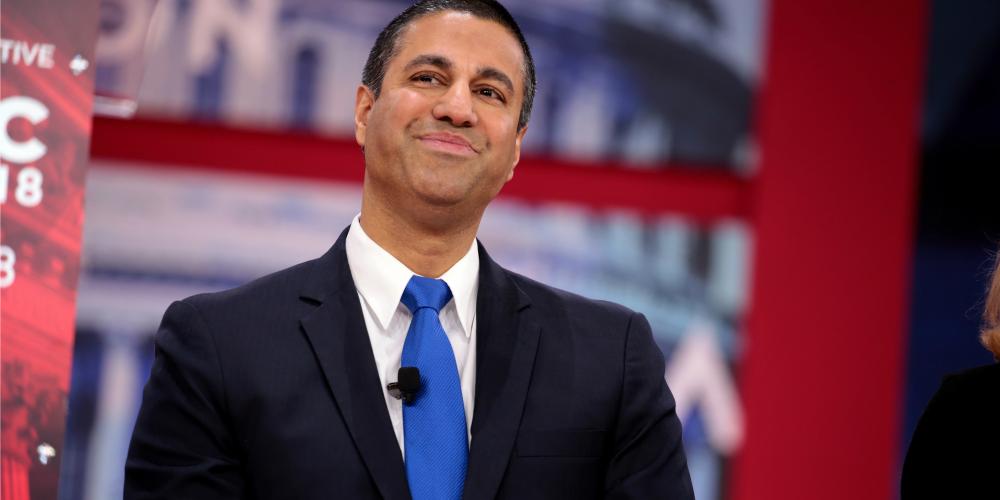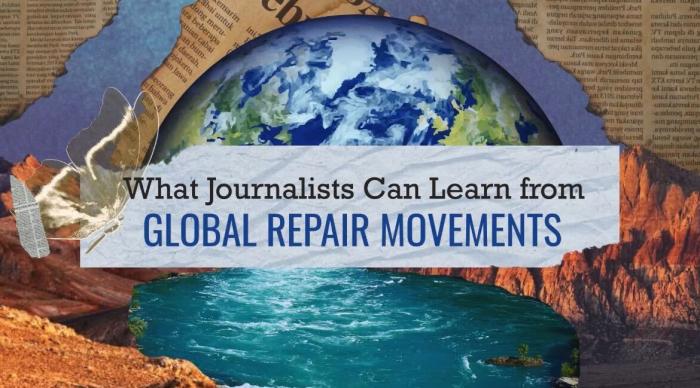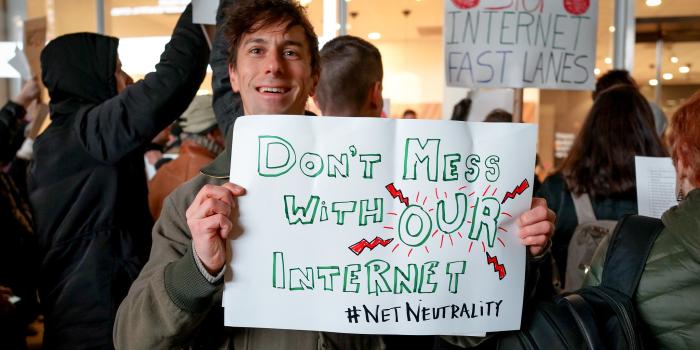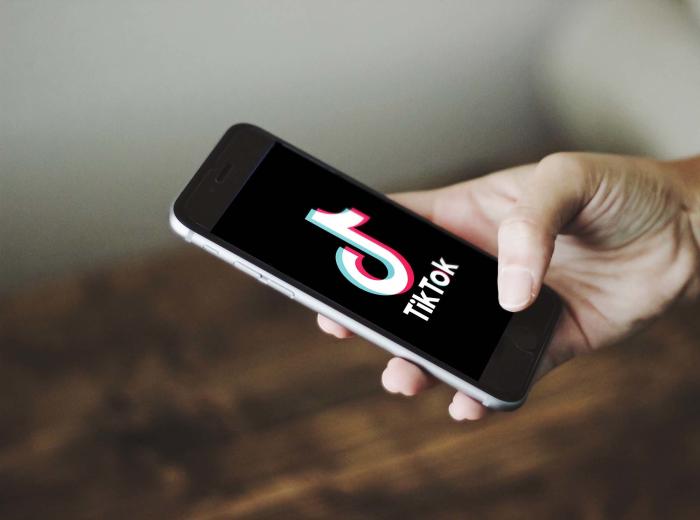FCC Chairman Pai Leans Into 5G Hypocrisy

Last week, CNBC asked FCC Chairman Ajit Pai if the Trump administration’s tariffs on $200 billion of Chinese imports (including communications equipment) would pose a problem for 5G deployment.
Pai blithely dismissed even the possibility of a negative impact before pivoting to his industry talking points, complaining that local governments charging fees for public rights of way are the real barriers to next-generation wireless deployment.
This is willful hypocrisy at best, outright dishonesty at worst.
A misguided 5G handout
It was also just last week that Pai’s FCC voted to preempt local governments’ authority to regulate public rights of way, based on nothing but wireless-industry complaints about unreasonable barriers. The FCC delivered this gift to the carriers even as it characterized these alleged barriers as “outlier” behavior for municipalities.
The ruling creates new “shot clocks” for local action that we referred to as “mistimed” because they require local officials to approve wireless carriers’ applications within a restricted time period. Just as importantly or more, the FCC order limits the fees local governments can charge wireless companies for using local rights of way (such as utility poles), hampering cities’ ability to negotiate with wireless companies and depriving many local governments of much-needed funds.
The FCC justified all of this with the claim that it would save the wireless companies an estimated $2 billion on 5G deployment — an estimate that analyst Blair Levin calls “highly questionable.”
Even if that estimate bears fruit, that $2 billion would amount to only 1 percent of the industry’s estimated cost of deploying 5G across the country. And as Levin explains, it’s ridiculous to believe the particularly phony trickle-down economics claim at the base of Pai’s decision: that industry cost-savings in densely populated and profitable service areas will magically be reinvested in rural areas that are less profitable to serve. But Pai has trumpeted these marginal savings as a phenomenal success and tremendous boon for the industry.
What about the tariffs?
Yet industry reps also estimate that the Trump tariffs will result in “hundreds of millions of dollars” of higher deployment costs. If $2 billion is a huge victory for carriers worth gouging communities with zero consideration for local interests, how are additional costs in the range of hundreds of millions of dollars not worth discussing, or even acknowledging?
The numbers suggest that whatever supposed benefit the FCC’s rights-of-way decision will grant the industry, the administration’s tariffs could just as easily swamp that gain and amount to a similar level of increased cost. If the key to promoting deployment is making sure the wireless companies have as much money as possible — and let’s be clear that it isn’t, despite Pai’s claims — then the prospect of tariffs raising costs should presumably concern the chairman as much as the local controls and supposed costs he’s committed to slashing.
The truth is that ideology — not logic, economics or the public interest — guides Pai’s 5G strategy.
We’ve seen this before. When the Trump administration proposed its massive corporate tax cuts, it took AT&T’s promise to invest an “extra” $1 billion in its network as confirmation of the success of this trickle-down tax policy — ignoring the fact that AT&T actually stands to earn close to $50 billion from the tax cuts over the next 10 years.
As any businessperson will tell you, giving away $50 billion to get $1 billion back is an astonishingly lousy trade. But because this policy matched the administration’s beliefs, it refused to face facts.
The public pays the price
And once again, consumers are likely to wind up footing the bill for these corporate giveaways. The administration’s tariffs on foreign imports are part of a larger trade war, and in the communications realm they also stem from concerns about cybersecurity.
But to the extent that these tariffs are ostensibly designed to encourage wireless companies and others to buy materials from domestic manufacturers, this supposed benefit does not seem to play out in the real world of concentrated industries. For example, when the U.S. imposed tariffs on cheaper foreign steel, domestic-steel companies promptly raised their prices to match. They didn’t sell more steel, and they didn’t create new jobs, but they did turn higher profits.
Even the wireless industry acknowledges that this will come back to bite the public. The Telecommunications Industry Association argues that “Tariffs will also hurt consumers by making it more expensive to deploy broadband, thereby impeding efforts to narrow the digital divide and exacerbating inequities in internet access.”
There is a nuanced conversation to be had about 5G deployment and the digital divide, but Chairman Pai is not interested in having it. His blatant unwillingness to engage honestly with the verifiable impacts of his agency’s and the administration’s policies is, yet again, deeply disappointing.
Despite his claims that his 5G policies will serve the disconnected, Pai is not actually doing a thing to close the digital divide. Tariff costs imposed by the administration will be passed straight to consumers, and any marginal cost-savings from the FCC’s ill-conceived handout won’t spur buildout in the communities that need it most.





